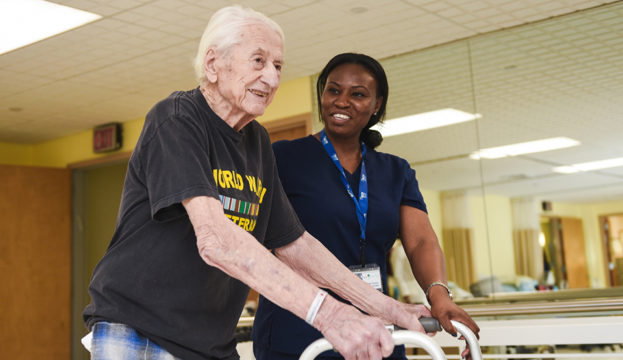Assessing the Interplay of Articular Mobility and Stability in Client Outcomes
Assessing the Interplay of Articular Mobility and Stability in Client Outcomes
Blog Article
Joint movement and control are crucial factors that impact client results in rehabilitation and rehabilitation. Joint mobility refers to the extent of motion available at a joint, while stability entails the capacity to maintain control of that joint during movement. When clients have good articular range of motion, they can move their limbs unrestricted, which is vital for conducting daily activities. On the other hand, steadiness helps avert harm by allowing the body to preserve correct alignment and balance during these actions. Grasping how these two factors connect can lead to better treatment plans and bettered recovery for patients.
In many cases, patients with articular pain or traumas frequently experience a decrease in movement. For instance, conditions like arthritis can restrict how far a joint can shift, making it challenging for individuals to execute tasks such as ambulating or ascending stairs. Physical therapists often concentrate on exercises that enhance range of motion through flexibility work and strengthening. These exercises can help reestablish the range of movement, making it easier for clients to participate in their everyday activities. Nonetheless, enhancing mobility without accounting for steadiness can lead to additional harm, emphasizing the need for a balanced approach.
Stability is equally crucial in rehabilitation. When a articulation lacks steadiness, it becomes more susceptible to harm during movement. For example, an unstable knee articulation can lead to strains or tears while sprinting or jumping. To improve stability, rehabilitation specialists may incorporate activities that company website strengthen the muscle groups around the joint. These activities help reinforce the joint and avert excess movement that could result to injury. By focusing on both range of motion and stability, rehabilitation specialists can provide a comprehensive care plan that meets the specific requirements of each patient.
The interaction between joint movement and stability is especially evident in sports medicine. Sports participants often require a elevated level of both mobility and control to execute at their best. For instance, a dancer needs to have flexible articulations to achieve intricate movements while also preserving control to avoid falls. In sports training, trainers and trainers stress the importance of cultivating both aspects to improve ability and reduce the chance of injuries. This method ensures that athletes can Click This Link perform effectively while maintaining their joints protected during rigorous exercises.
Ultimately, comprehending the relationship between articular movement and stability can lead to improved outcomes for clients in various environments, from therapy facilities to sports training facilities. By encouraging both elements, healthcare professionals can help clients regain their strength and assurance. This balanced approach not only helps in rehabilitation but also arms individuals with the resources they need to avert future harm. As studies continues to advance in this area, the significance of integrating range of motion and control in treatment plans will continue to be a central focus for improving client care and overall health.